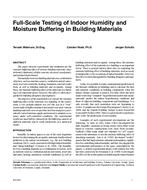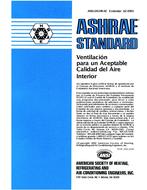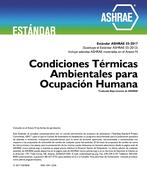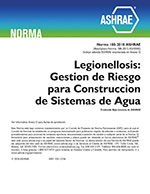Description
This paper presents experiments and simulation for the moisture buffering effect of various building materials: plasterboard, chipboard, cellular concrete, plywood, wood panels, and painted plasterboard. The humidity level in a building depends on a combination of factors, such as moisture sources, ventilation and air movement, reservoirs and sinks, heating, insulation, external conditions, as well as building materials and occupants. Among these, the moisture buffering effect of the materials in a building is an important factor. However, this effect is often disregarded by building designers and engineers. The objective of the experiment is to classify the moisture buffering effect of the materials in a building. In the experiment, a very airtight outdoor test cell (the size of a “real” room) made of highly insulated steel panels was used. Various building materials were set up in the steel box and given a peri-odically varied moisture supply and removal to simulate occupancy under well-controlled conditions. The experimental results are used both to characterize the buffering capacity of different materials and to verify predictions of a numerical model.
Authors: Teruaki Mitamura, Dr.Eng., Carsten Rode, Ph.D., JÃÂrgen Schultz
Citation: Indoor Air Quality 2001 Moisture, Microbes, and Heath Effects: Indoor Air Quality and Moisture in Buildings Conference Papers
Keywords: November, California, 2001, IAQ
Citation: IAQ Conference: IAQ 2001
Product Details
- Published:
- 2001
- File Size:
- 1 file , 1.8 MB
- Product Code(s):
- D-8169




